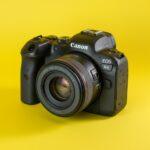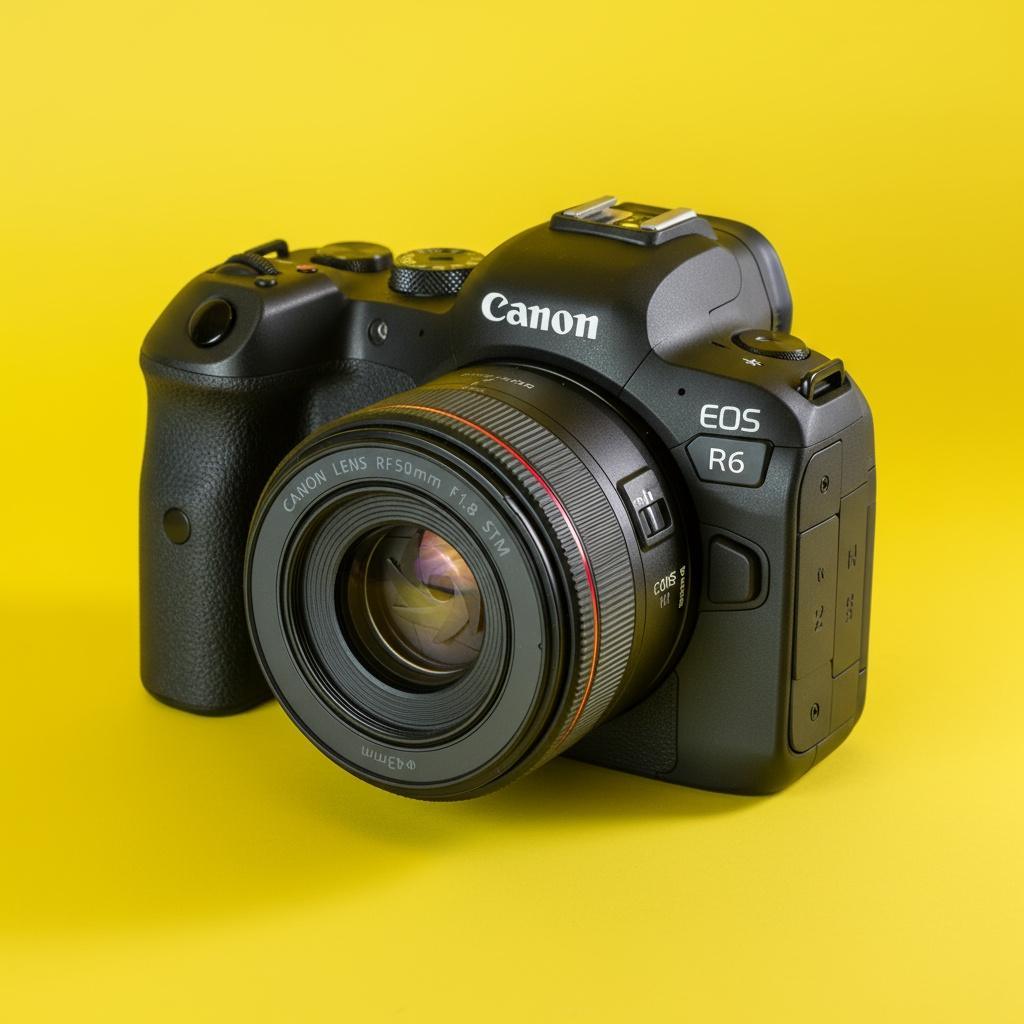Mirrorless cameras that outshoot your smartphone
Smartphones are fantastic for convenience, but when you want clean low‑light shots, tack‑sharp action, cinematic video, and true lens versatility, a mirrorless camera still wins. In 2025, the latest bodies push autofocus, stabilization, and video far beyond what a phone can manage. Whether you’re upgrading for travel, portraits, wildlife, or pro work, these standout models deliver the best balance of performance and value right now.
Best all‑round full‑frame: Nikon Z6 III
The Z6 III is the mid‑range camera that behaves like a mini‑flagship. Nikon’s new partially stacked 24.5MP sensor reads out far faster than its predecessor, unlocking deep upgrades in autofocus, burst speed, and video quality—without ballooning file sizes.
- Strengths: Rapid AF and subject detection inherited from Nikon’s top models; 5‑axis stabilization up to roughly 8 stops; superb EVF; robust 6K internal video options including RAW; pre‑release capture and up to 120 fps in DX mode for moments you’d otherwise miss.
- Ideal for: Hybrid shooters, action, events, travel, and anyone wanting a balanced full‑frame body with professional headroom.
- Considerations: Priced higher than earlier Z6 generations; rolling‑shutter performance is much improved but not fully eliminated in every scenario.
Best high‑resolution hybrid for professionals: Canon EOS R5 Mark II
Canon’s R5 Mark II refines a modern classic. A new 45MP back‑illuminated stacked sensor, dual processors, and better heat management deliver sharper, faster, and more reliable performance across stills and video.
- Strengths: 45MP detail with excellent dynamic range; 8K internal recording up to 60p; 4K 120p slow‑motion; class‑leading Dual Pixel AF with Eye Control AF; powerful in‑body stabilization (up to about 8.5 stops) and pro‑friendly video tools.
- Ideal for: Weddings, wildlife, commercial work, and demanding hybrid creators who need both resolution and speed.
- Considerations: Premium price; iterative design philosophy focuses on meaningful refinements over radical changes.
Best for sports and flash: Sony A9 III
The A9 III is the first full‑frame mirrorless camera with a true global shutter. That single innovation changes everything for fast action: no rolling‑shutter skew, no banding under tricky lighting, and flash sync at any shutter speed.
- Strengths: 120 fps blackout‑free bursts with tracking AF; distortion‑free capture for panning and stadium LEDs; unprecedented flash flexibility; dependable Sony ecosystem for lenses and accessories.
- Ideal for: Sports, wildlife, news, and any professional relying on high‑speed, distortion‑free stills.
- Considerations: 24.6MP resolution prioritizes speed over pixels; base ISO starts higher than typical; priced firmly for pros.
Best value hybrid full‑frame: Panasonic Lumix S5 II
Panasonic’s S5 II hits a sweet spot for creators who want serious video tools without sacrificing stills. The move to phase‑detect AF—alongside strong IBIS and a cooling system for long recording—makes this a terrific all‑rounder.
- Strengths: Reliable phase‑detect autofocus; excellent 5‑axis stabilization; 6K recording with log profiles, LUT support, and unlimited record times; comfortable handling and weather‑sealed body.
- Ideal for: YouTubers, indie filmmakers, travel creatives, and photographers wanting strong video without a flagship price.
- Considerations: AF tracking lags the very best systems; body is a bit bulkier than some rivals.
Best APS‑C for photographers: Fujifilm X‑T5
For stills‑first shooters who prize portability, the X‑T5’s 40MP sensor, classic controls, and gorgeous color science make it a joy to use. It’s compact, capable, and tailor‑made for travel and everyday storytelling.
- Strengths: 40MP resolution in a small, beautifully designed body; excellent JPEG color; 6.2K/4K video options; reliable IBIS; deep lens catalog with lightweight primes and zooms.
- Ideal for: Travel, street, landscape, and portrait photographers who want high resolution without a heavy kit.
- Considerations: Buffer and burst rates favor measured shooting; if you need extreme speed and advanced tracking, the X‑H2S is the better Fujifilm body.
Conclusion
If you want one camera that does nearly everything well, the Nikon Z6 III is the balanced pick for most people. Professionals who need headline resolution and robust video will find the Canon EOS R5 Mark II hard to beat, while action specialists should look to the Sony A9 III for its distortion‑free global shutter. Creators seeking maximum hybrid value will be well served by the Panasonic S5 II, and photographers who prefer a light, high‑res APS‑C kit should consider the Fujifilm X‑T5.
Also worth a look: the OM System OM‑1 Mark II for its class‑leading stabilization and computational features in a rugged, travel‑friendly Micro Four Thirds system, and the Leica SL3 for sumptuous 60MP image quality and a refined shooting experience. As always, weigh lens availability, ergonomics, autofocus behavior, and your primary shooting scenarios before you buy—your mirrorless body is only as good as the system you build around it.






